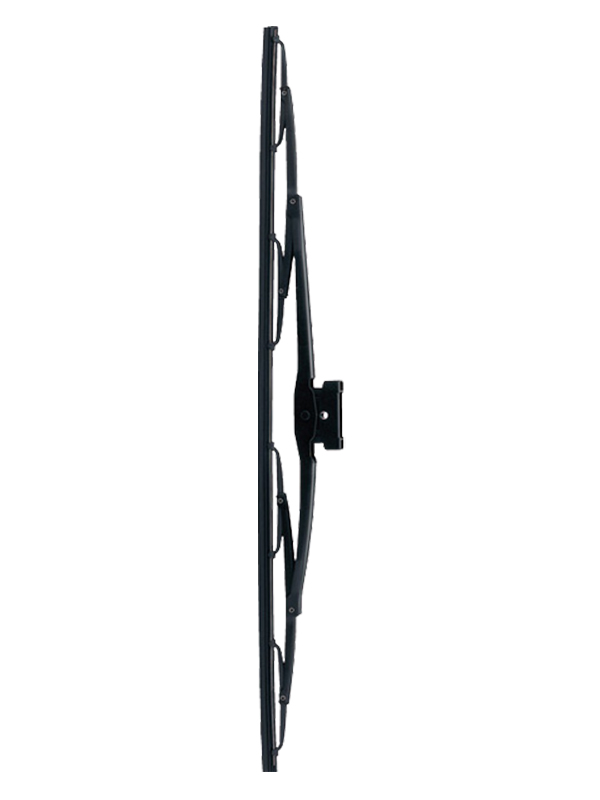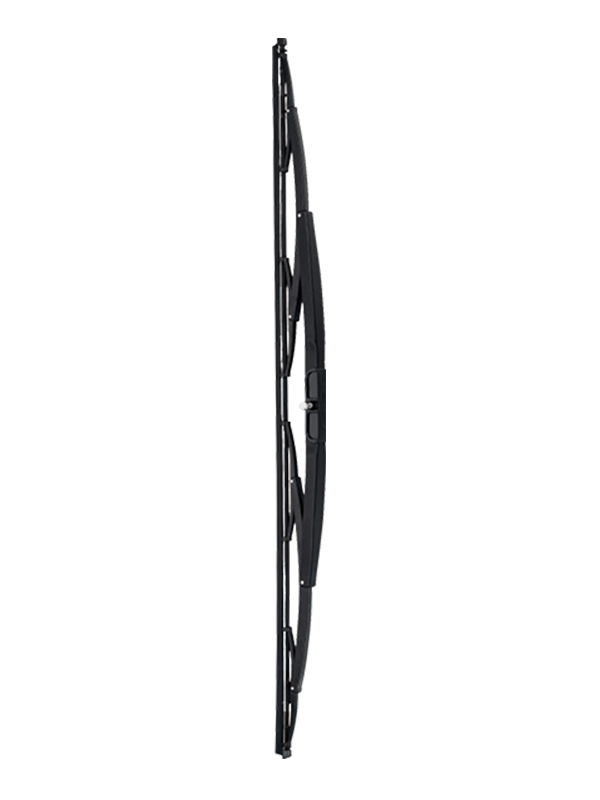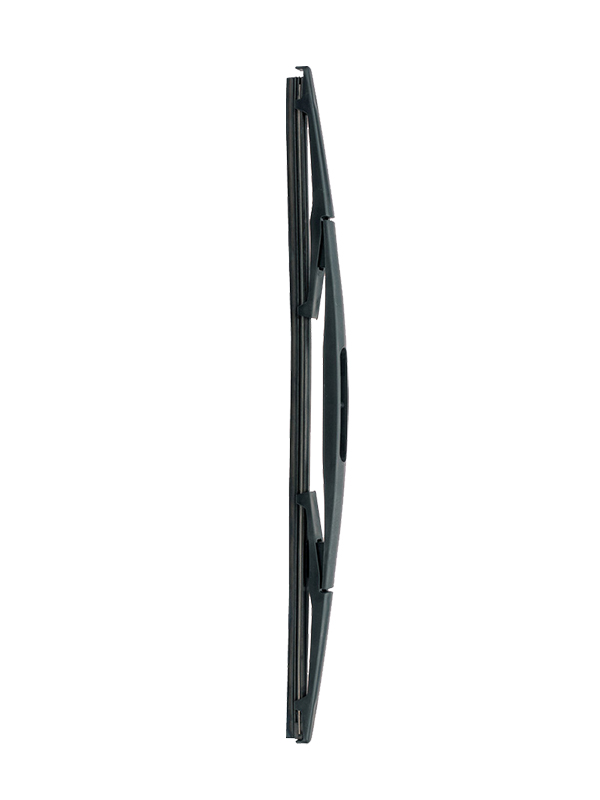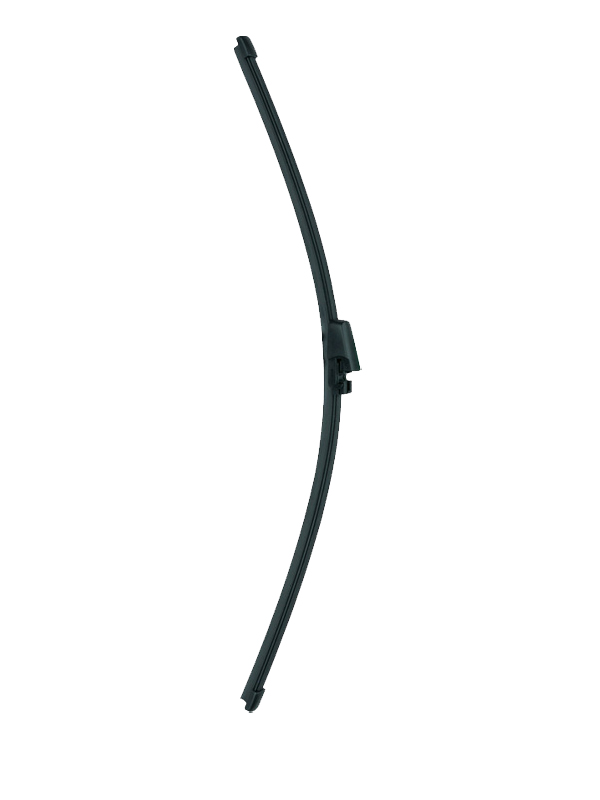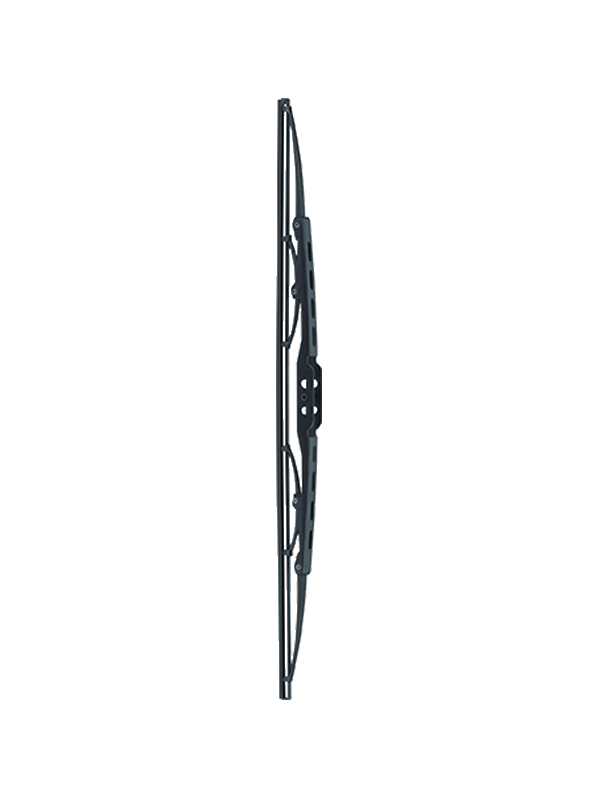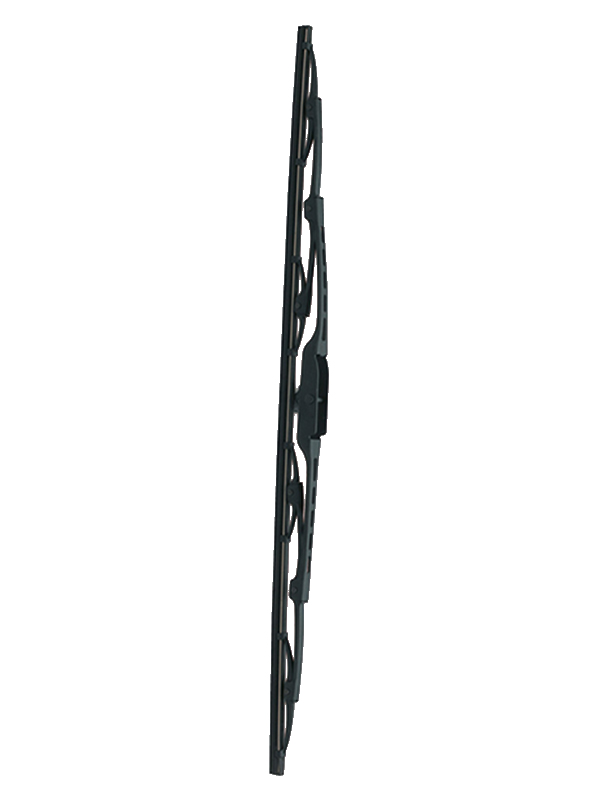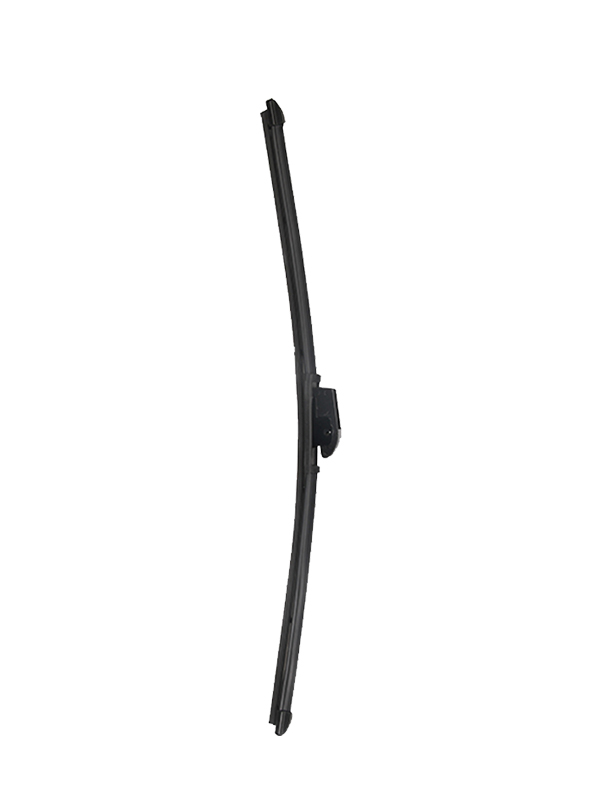Submit feedback
Press & Events
Welding principle of automobile wiper relay

The utility model relates to an automobile rear wiper intermittent device capable of controlling the automobile wiper assembly to be in an intermittent working state. It is to fix an end cover on the open end of the existing rectangular shell, and fix three terminals respectively on the end cover. Corresponding chutes are made on the left and right side walls of the shell, and the circuit board is inserted into the chutes. Internally fixed, electronic components are installed on the circuit board, it can not only trigger and turn on once after quick start, but also can press the set
Time (intermittent) waits for the next trigger to be turned on, and it works continuously to achieve the purpose of intermittently controlling the work of the wiper assembly of the car.
The automotive relay is an indispensable original in the car, which mainly plays the role of control. Automobile wiper relay is mainly composed of magnetic circuit system, contact system and recovery mechanism. Magnetic circuit system consists of iron core, yoke, armature, coil and other parts; contact system consists of static reed, moving reed, contact base and other parts; recovery mechanism consists of recovery reed or tension spring.
The following is an introduction to the welding process of the car wiper relay:
PCB board type non-plastic encapsulated relays are highly susceptible to contamination by flux. It is recommended to use flux-resistant or plastic-encapsulated relays to prevent flux gas from invading from the terminal and the gap between the base and the shell. minutes), the flux intrusion can be further prevented.


When using flux coating or automatic soldering, care should be taken not to damage the performance of automotive wiper relays. Flux-resistant relays or plastic encapsulated relays may be suitable for dip or wave soldering processes, but the soldering temperature and time should vary with the selected automotive relay. controlled differently. There are three main welding methods for automotive relays:
1. Manual welding: The recommended welding temperature is 300℃-350℃, and the welding time is controlled within 2 seconds.
2. Cooling: The heating of the automotive relay caused by the soldering process can be alleviated by cooling after the process Z, so do not change the temperature suddenly, especially avoid cold shock to the thermal relay.
3. Wave soldering: The recommended soldering temperature is: 240℃~260℃, the time is about 5 seconds, and the good soldering temperature is 250℃
Related Prodcuct
Join Our Team


 English
English  中文简体
中文简体 

